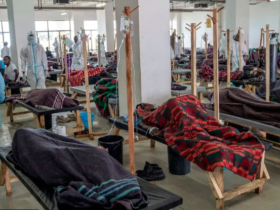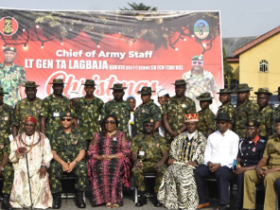The US Air Force plans to bring the Pacific island airfield that launched the atomic bombings of Japan back into commission as it tries to broaden its basing options in the event of any hostilities with China, the service’s top officer in the Pacific says.
Gen. Kenneth Wilsbach, commander of Pacific Air Forces, told Nikkei Asia in an interview published this week that North Airfield on the island of Tinian will become an “extensive” facility once work has been completed to reclaim it from the jungle that has grown over the base since the last US Army Air Force units abandoned it in 1946.
“If you pay attention in the next few months, you will see significant progress, especially at Tinian North,” Wilsbach said. The Air Force is also adding facilities at Tinian International Airport in the center of the island.

Pacific Air Forces confirmed Wilsbach’s comments to CNN but said there was no official release on the subject.
Tinian is part of the Commonwealth of the Northern Mariana Islands, a US territory in the Pacific, some 6,000 kilometers (3,700 miles) west of Hawaii in the Pacific. Only about 3,000 people live on the 39-square-mile island.
Wilsbach did not give a timeline on when the airfield will be operational, according to the Nikkei report.
Pivotal in World War II

Tinian, along with the nearby islands of Saipan and Guam, has a rich history of US air operations.
During World War II, all three islands, after they were captured from Japanese occupiers, were home to fleets of B-29 Superfortress bombers which rained destruction on the Japanese homeland.
History’s deadliest bombing raid, the March 10, 1945, firebombing of Tokyo that killed as many as 100,000 people and injured a million, was carried out by B-29s launched from the three islands.
During the relentless bombing of Japan in 1945, North Field on Tinian, with its four 8,000-foot runways and 40,000 personnel, became the largest and busiest airport in the world.
North Field sealed its spot in history on August 6, 1945, when in the early morning darkness, the B-29 bomber named Enola Gay rolled down its Runway Able carrying the atomic bomb that would be dropped on Hiroshima later that morning, killing 70,000 people with its initial blast and bringing the world into the nuclear age.
Three days later, another B-29, named Bockscar, would take off from Tinian to drop an atomic bomb on Nagasaki, killing 46,000 people with its initial blast.












Leave a Reply